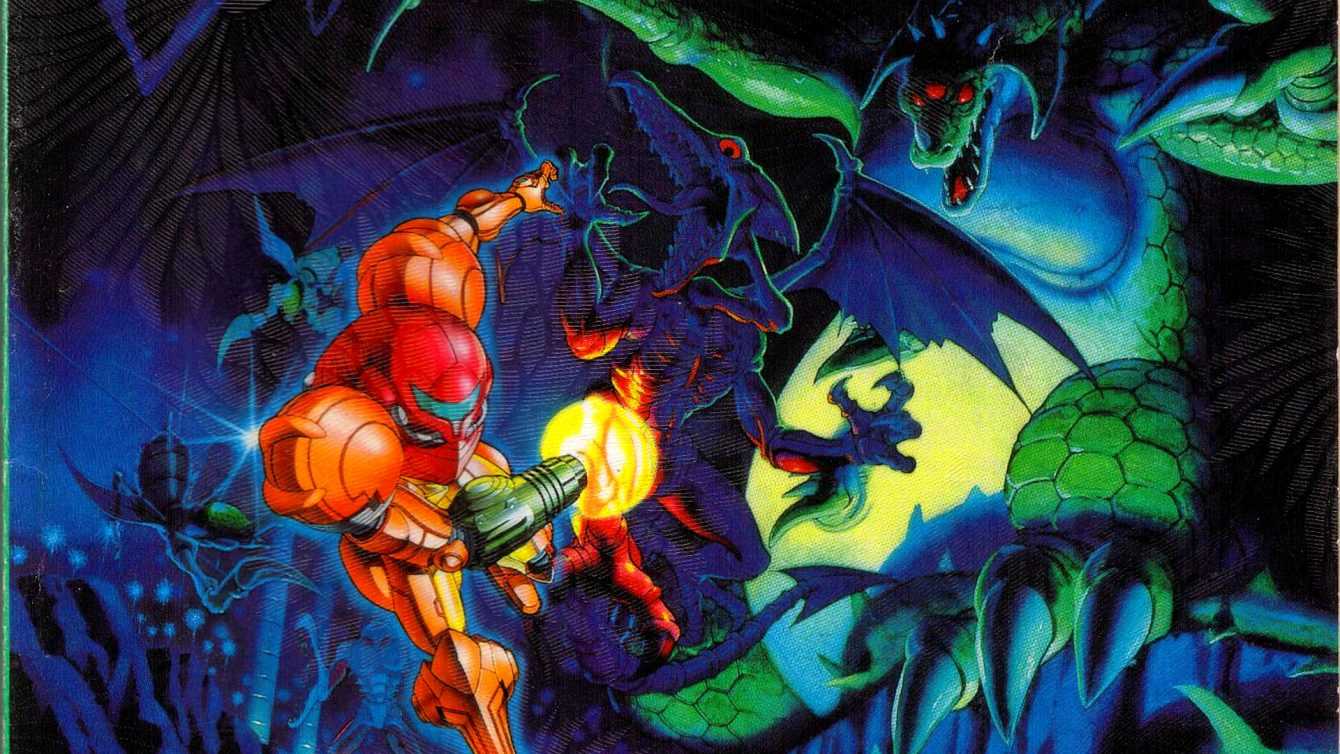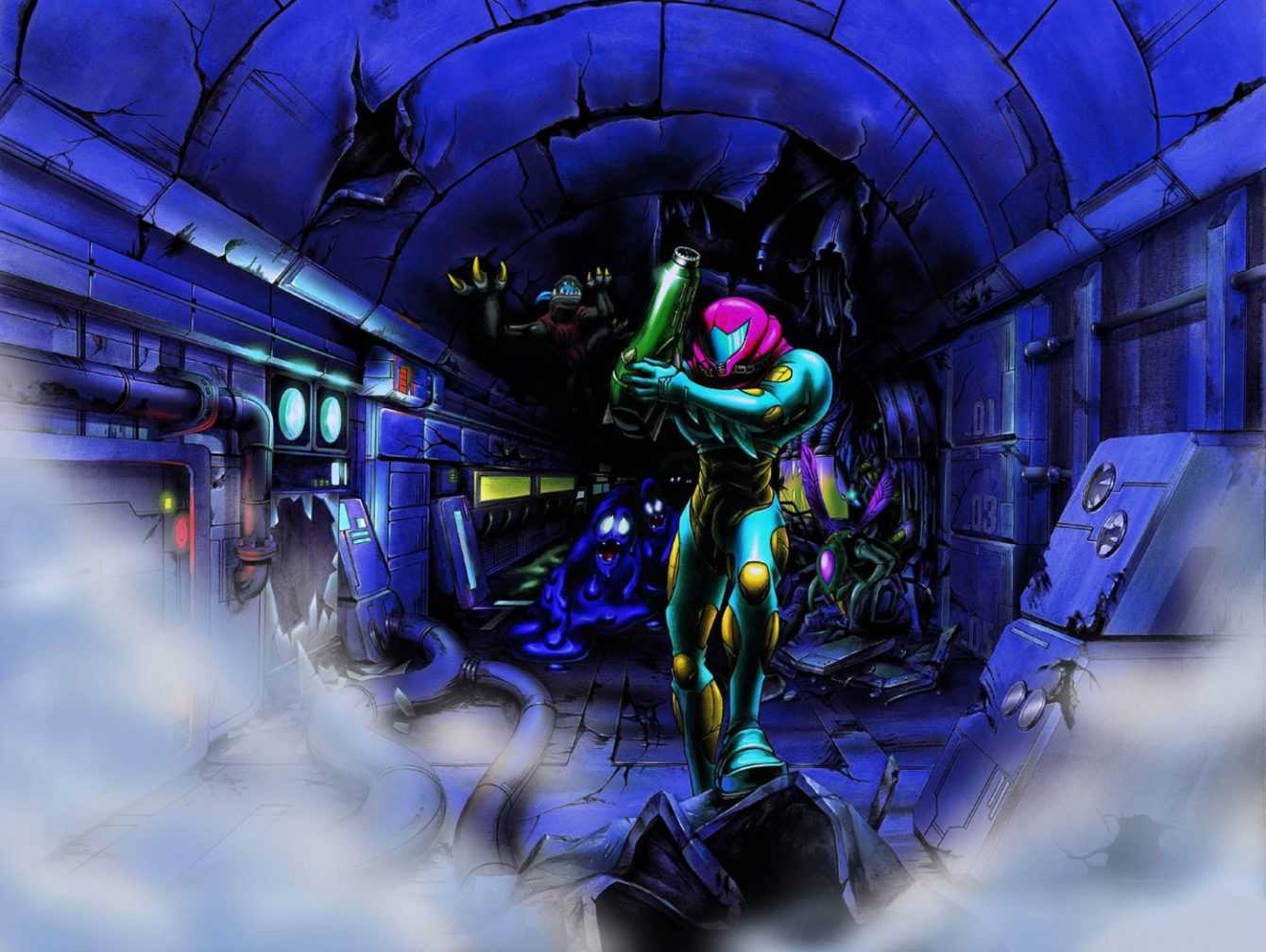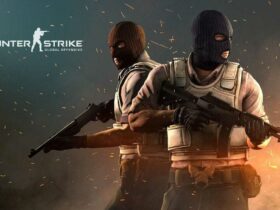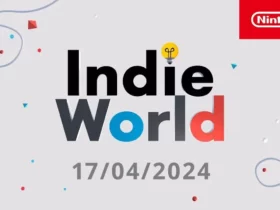The story is not everything in a Nintendo title, but that of Metroid Dread benefits enormously from the previous chapters: here are what they are
Despite the addition of new services to the Nintendo Switch Online package announced during the latest Nintendo Direct, the Samus Aran series still contains a few holes that you may want to fill in view of Metroid Dread to understand it history. In this sense, the series inspired in part by Alien (to the point of paying homage to Ridley Scott) presents a more elaborate and interconnected plot than the typical Mario or Zelda. While the Link saga boasts a sibylline timeline, in fact, Samus it is always the same in every game. But if the excellences of Switch have rekindled your love for the metroidvania, we are here to help you.
We will hold you by the hand and take you along the complex, sadly spread over different consoles and intricate plot of Metroid, starting from the origins on NES and answering the most common questions. Why is Prime a subseries with numbered chapters, for example? Is Other M any good? The doubts that could haunt you are many, especially if your only exposure to Samus Aran was through Super Smash Bros. Ultimate. So let’s not delay: the shuttle of the most resolute bounty hunter in the galaxy is ready to take off, we welcome you on board!
A trip to Zebes can start from anywhere
There is a reason Dread is also called Metroid 5: the story originated a long time ago. In the eighties on NES, to be precise, with the game from which the entire series takes its name. It is a chapter perhaps tostarello by today’s standards, between enemies, an open level design and devoted to exploration (a metroidvania, in fact) and, an aspect of the game aged worse than others, the lack of a map. The story unfolds with the arrival of intergalactic bounty hunter Samus Aran on the planet Zebes, to hunt down the life forms known as Metroid that haunt the place.
Also, here resides the leader of the Space Pirates, Mother Brain (or “Mother Brain” in some Italian translations). Since Metroid parasitics can become bioweapons in the wrong hands, Samus doesn’t have much of a choice. The original game is available on the Virtual Console of 3DS, Wii and Wii U, as well as on NES Classic Mini and Nintendo Switch Online. If you prefer a more modern version you can opt for Zero Mission on Game Boy Advance and Wii U Virtual Console, with the not inconsiderable addition of new tracks, areas, gameplay ideas and, above all, the legendary Zero Suit.

The 3 (DS) for 2 (the game) – the first story of Metroid Dread
Let’s move on with another starter for the Dread story, namely Metroid II: Return of Samus. The game restarts where the first game ended, as well as after the events of the aforementioned Prime sub-series. We will talk about it again shortly. The mission to Zebes was a success, but the Federation has decided that the ultimate solution is the actual extinction of the Metroids. Ironically, the first continuation (from a real world point of view, at least) of the saga was in its time relegated to Game Boy.
This automatically means that the game is available also on Nintendo 3DS through the Virtual Console, but not only. The second chapter also received the remake treatment with Metroid: Samus Returns, ironically published in turn on 3DS. Many, among the global fans of the Big N and (above all) the faithful of Samus, have wondered why this reconstruction was not developed for Switch. The answer is simple: the remake, as such full of improvements (expansions to the map, new attacks, new weapons), is the work of MercurySteam, the same developers of Dread!

What everyone knows – the story before Metroid Dread
Yes, there is also Super Metroid in our mini (but really mini) retrospective dedicated to the saga. The third installment was released on Super Nintendo in 1994 and opens following the success (uh, spoiler?) Of Samus’ mission on SR388. The next stop on Samus’ journey takes her to the space colony of Ceres, where the last surviving Metroid (a cub) can be studied. After his restart, Samus receives an SOS and turns around: Ridley is back, he has made the little guy his own, and left with the intention of taking him to Zebes. The Slayer has no choice but to pursue him.
There is no remake to speak of, but on the other hand, you don’t need one. The fame that precedes this little gem is that of one of the best chapters and, as such, you can play it just about anywhere. The game is in fact available on the Virtual Console of Wii, Nintendo 3DS and Wii U. If you are lucky enough to have one, the Super Nintendo Classic Mini or, otherwise, the good old Nintendo Switch Online is also worth it. We had fun bringing up Smash, but there is a reason: the series disappeared from the radar in the era of Nintendo 64, giving Samus the first chapter of the crossover as the only appearance on the console.

Nightmare Fusion – the story before Metroid Dread
The fourth chapter for the series is also the last of the “essentials” to better understand the story of Metroid Dread. It’s a matter of Metroid Fusion, a Game Boy Advance title released in 2002. The game technically follows the events of Metroid: Other M for Wii, which ranks in the history within the series just before this chapter. However, the differences between Other M and the other episodes relegate it to a spin-off. As for Fusion, the dance begins with the infection of Samus by parasite X while assisting a research team. Metroid’s puppy, ironically, saves her life.
In fact, a vaccine is extracted from the creature that gives it new powers and, quoting Samus herself, “alters her physical appearance” (spoiler: no, it doesn’t change one iota). Dread’s “terror” was born here, when the series really embraced the horror vein by Ridley Scott. The game does not enjoy remakes, and currently is usable only on the Wii U Virtual Console. Unless you bought a Nintendo 3DS before its price cut – in that case, congratulations, you have a digital copy waiting for you. As for the Prime trilogy… eh, read on.

Prime Prime
With all the news we have reported on the troubled development of Metroid Prime 4, you might want a full timeline to get the switchboard of the story before Dread. We are here on purpose! If you plan to do a weekly marathon before next Thursday to catch up on the whole series… remember to eat and sleep every now and then. For the rest, here’s in what order to play the various chapters.
- Metroid (NES, 1986) /Metroid Zero Mission (Game Boy Advance, 2004)
- Metroid Prime (Nintendo GameCube, 2002) /Metroid Prime Trilogy (Wii, 2009)
- Metroid Prime Hunters (Nintendo DS, 2006)
- Metroid Prime 2: Echoes (Nintendo GameCube, 2004) /Metroid Prime Trilogy (Wii, 2009)
- Metroid Prime 3: Corruption (Wii, 2007)/Metroid Prime Trilogy (Wii, 2009)
- Metroid Prime: Federation Force (Nintendo 3DS, 2016)
- Metroid II: Return of Samus (Game Boy, 1991)/Metroid: Samus Returns (Nintendo 3DS, 2017)
- Super Metroid (Super Nintendo, 1994)
- Metroid: Other M (Wii, 2010)
- Metroid Fusion (Game Boy Advance, 2002)
- Metroid Dread (Nintendo Switch, next Thursday)
If you want some advice on the definitive side-scrolling Metroid to get just a taste of the saga, we would point you to Super Metroid. If you want a similar advice but without conforming to the crowd, try to get a copy of Metroid Fusion.
Now it’s up to you to tell us yours: are you in hype for the arrival of Dread? Let us know below, and as always don’t forget to stay on TechGameWorld.com for all the most important news for gamers and more. For your purely gaming needs, you can instead find the best discounts in digital format on Instant Gaming.















Leave a Reply
View Comments